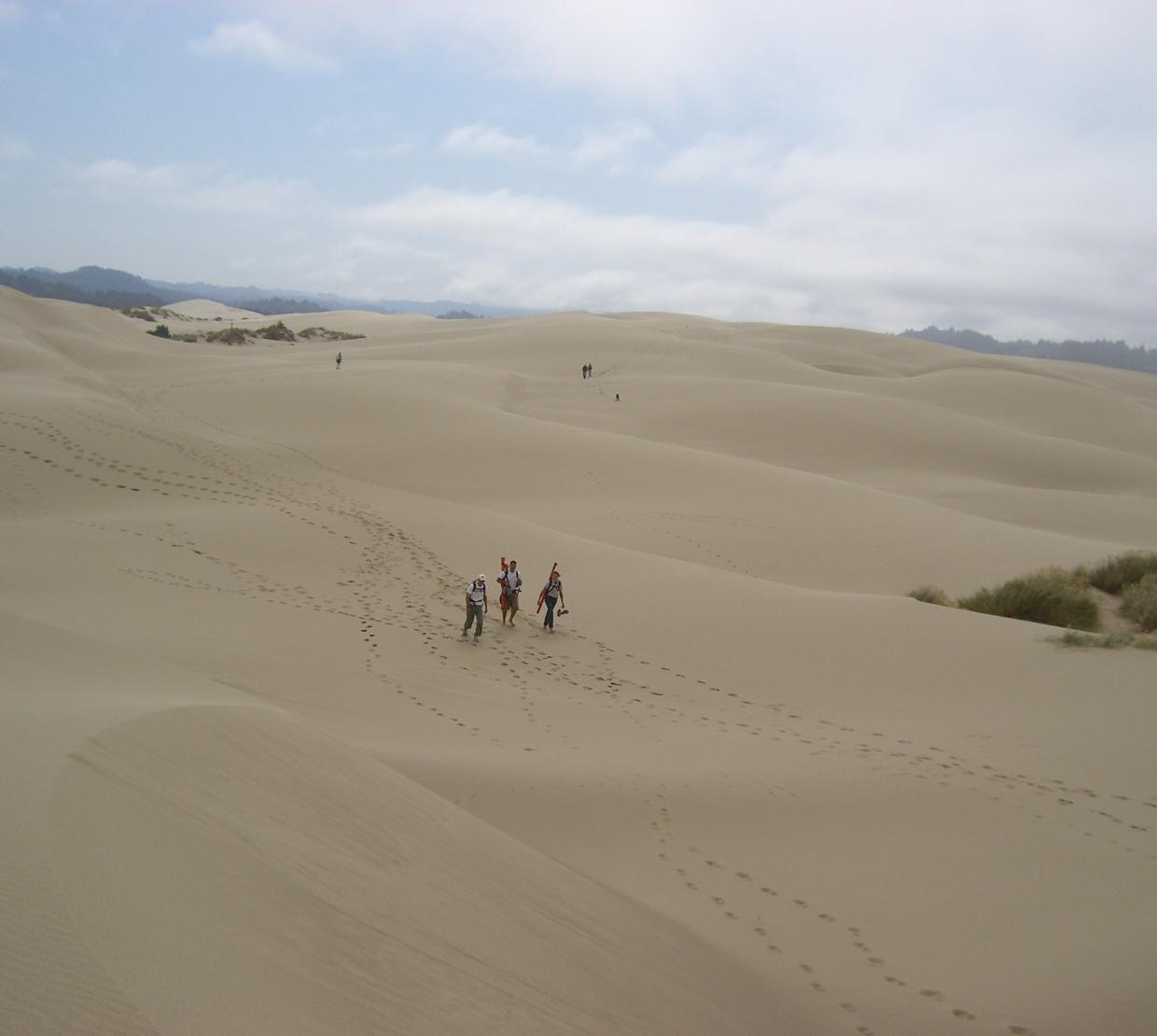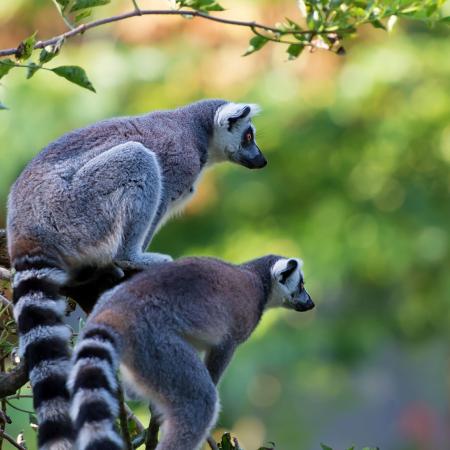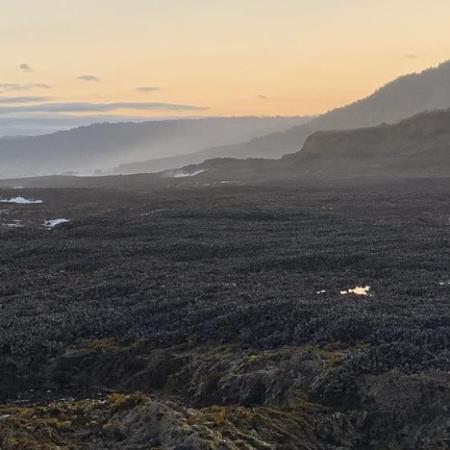Three years after the release of “Dune,” a film adaptation of Frank Herbert’s epic 1965 sci-fi novel, “Dune: Part Two” is reigniting the public’s fascination with sandy environs and humanity’s efforts to reshape them.
But long before the second movie came out earlier this month and ascended to the height of cinematic popularity, researchers at Oregon State University were taking deep dives into the world of dunes, especially the Oregon coastal dunes that served as inspiration for Herbert.
Sally Hacker, a professor of integrative biology in the College of Science, is working with the Oregon departments of Parks and Recreation and Land Conservation and Development to create guidebooks for coastal dune management based on the best available science.
Hacker, an integrative biology professor in the College of Science, notes that coastal ecosystems, particularly beaches and dunes, “are gaining recognition as important arbiters of the effects of tsunamis, extreme storms and sea level rise on coastal communities.”
Hacker’s work focuses on the biophysical interactions between waves, wind, sand and coastal vegetation. Her goal is a better understanding of the processes that control large-scale variation in dune morphology and its role in coastal protection, recreation, native species conservation and carbon storage.
“In the Pacific Northwest, we explore how non-native coastal plants invade and modify their environment,” she said. “Most recently, we have focused on beachgrass invasions and their effects on dune ecosystem structure, function and services.”
Hacker notes that a century ago, two non-native beachgrass species – Ammophila arenaria and Ammophila breviligulata – were intentionally planted on the Pacific coast to stabilize what was then an open, shifting-sand environment. The result, she says, was a landscape-level transformation of dune ecosystems with wide-ranging consequences.
“We have studied this system from a variety of perspectives including the relationship of the two beachgrass species to dune building, carbon storage, native plant and animal species and hybridization of the two non-native grass species,” she said.
Read more here.




